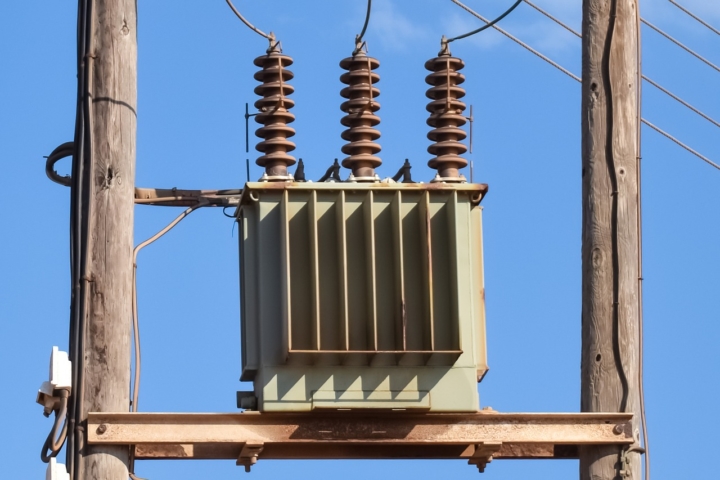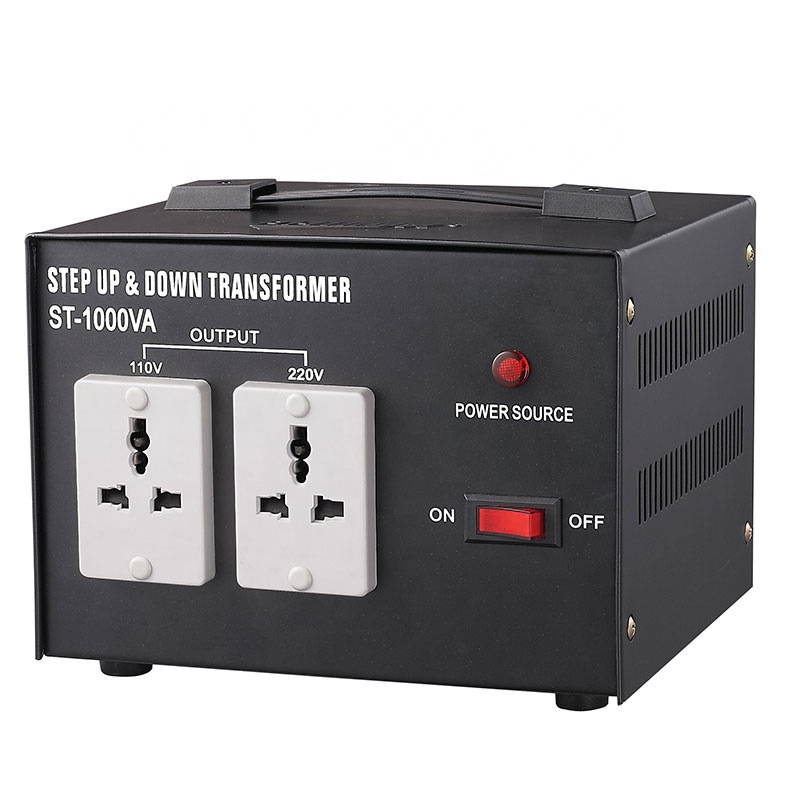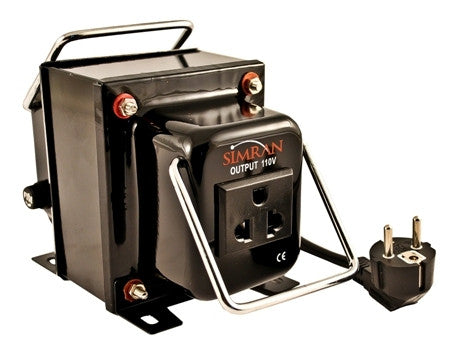If you’ve ever worked with electrical equipment in the past, you know that there are plenty of hazards that you need to be aware of. Even though the devices you work with are designed to be safe and easy to use, it doesn’t mean that all accidents are impossible.
For example, if the transformer in your facility blows, what should you do? What does this mean? How can you prevent it from happening again?
This article will help shed some light on the topic of electrical transformers and how they operate, as well as what happens when they blow and how to fix them when they do.
What is an Electrical Transformer

An electrical transformer is a device that transfers electrical energy between two or more circuits through electromagnetic induction.
A changing current in the first circuit creates a magnetic field that induces a voltage in the second circuit.
Transformers are used to increase or decrease the alternating voltages in electric power applications.
Different types of electrical transformers
- The most common type of transformer is the power transformer, which transforms the voltage of electric power from one level to another.
- A distribution transformer is another type of transformer that steps down the voltage of electricity before it reaches homes and businesses.
- An isolation transformer is used to electrically isolate two circuits by transforming the voltage between them.
- A step-up transformer steps up (increases) voltage and a step-down transformer steps down (decreases) voltage.
What causes an electrical transformer to blow?

There are many reasons why an electrical transformer can blow. One of the most common causes is due to overloaded circuits. When too much electricity is running through the transformer, it can cause the transformer to overheat and eventually fail.
Other causes include lightning strikes, faulty wiring, and physical damage to the transformer itself. Regardless of the cause, a blown transformer can be a serious problem that can lead to power outages and other problems.
What happens when an Electrical Transformer blows?

Electrical transformers are a vital part of the electrical grid. They step up or step down voltages as needed so that electricity can flow through the grid to homes and businesses.
But what happens when one of these transformers blows? Well, it’s not good. The system overloads and either breaks down, leading to blackouts in the area served by the transformer, or kicks into overdrive, leading to power surges in other areas served by other transformers.
In addition, there is always a fire risk because high voltage wires carry more current than lower voltage wires. Meaning more amps (amps equal watts) flowing at any given time for less resistance which equals more heat which equals more fire risk.
How can you prevent an electrical transformer from blowing?
If you want to prevent your electrical transformer from blowing, you should do the following:
- Make sure that the transformer is properly rated for the voltage and amperage that it will be handling.
- Check the transformer regularly for signs of wear and tear, and replace it if necessary.
- Do not overload the transformer by using too much power.
- Keep the transformer clean and free of debris.
- Don’t operate a damaged transformer.
How do you know if your transformer needs to be repaired or replaced?
If your transformer is making strange noises, emitting sparks, or giving off a burning smell, it’s definitely time to call in a professional. These are all signs that the transformer is overloaded and at risk of failure.
In some cases, you may even notice fluctuations in power levels or flickering lights. In these cases, we recommend turning off the electricity immediately so that you don’t accidentally cause more damage while trying to repair the electrical transformer.
Electrical Transformers – Questions To Ask Your Contractor
When a transformer blows, it can cause a lot of damage and even disrupt the power supply to homes and businesses. Here are some questions you should ask your contractor if you think your transformer has blown.
- What caused my transformer to blow in the first place?
- Why did it blow on that particular day and not a different day?
- Is there anything I can do to prevent similar damage occurring again in future?
- If you are unsure of your answers, make sure you contact a licensed electrical contractor who can inspect your electrical system for defects.
Things to Consider When Choosing an Electrical Transformer
When choosing an electrical transformer, there are several things you need to take into account in order to make sure you’re getting the best possible product for your needs. Here are few of the most important factors to consider
The size of your electrical transformer needs to be compatible with your home’s electrical system. To calculate how much power you’ll need for your specific application, use a device called a Power Factor Corrector (PFC) which is connected to your circuit breaker panel.
You can also find out what size transformer you need by looking at the wattage on your light bulbs or appliances. If it says 115V, then it means that it requires 115 volts and can only be used with one-phase transformers. If it says 230V, then it means that it requires 230 volts and can only be used with three-phase transformers.
The type of electrical transformer you choose will also depend on how it’s going to be used. For example, commercial transformers are used in things like restaurants, hotels, schools and medical facilities whereas residential transformers are used in homes.
Industrial transformers are often used by power plants and other manufacturing facilities. Choosing a transformer that’s compatible with your specific application will make installation easier, prevent damage and increase its lifespan.
Conclusion
While the damage from a blown transformer can be extensive, the good news is that it can be repaired. The first step is to identify the source of the problem. Once the source is identified, the next step is to determine the extent of the damage.
After that, you can begin making repairs. In some cases, you may need to replace the transformer entirely. No matter what, though, getting professional help is always a good idea.


